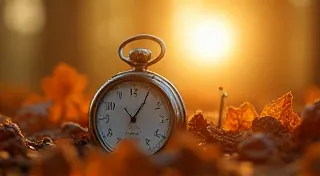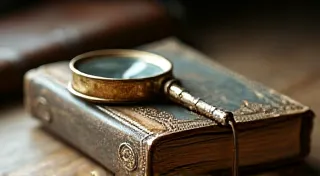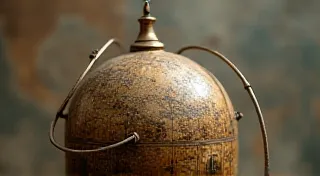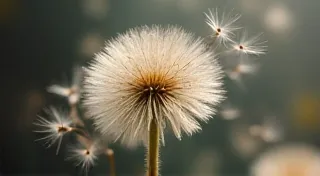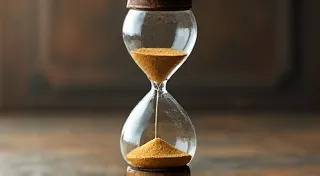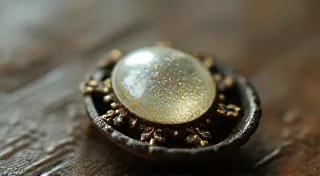Beyond the Keepsake: Hair Art and the Victorian Economy of Sentiment
The Victorian era. A time often romanticized – a world of lace, gaslight, and intricate mourning rituals. And woven into the very fabric of this era was a peculiar and surprisingly prolific art form: hair art. It’s easy to dismiss these pieces – woven hair bracelets, intricate mourning frames, miniature portraits crafted entirely from human hair – as morbid curiosities. But to do so is to miss a profound understanding of Victorian culture, its burgeoning economy of sentiment, and the skilled craftsmanship behind each delicate strand. These weren't merely objects; they were expressions of love, loss, remembrance, and a burgeoning consumer market eager to memorialize the bonds that held their lives together.
My own journey into the world of Victorian hair art began with a discovery in my grandmother's attic. Tucked away in a dusty trunk, I found a small, oval frame, its edges delicately carved and inlaid with intricately woven strands of auburn hair. The name "Eliza" was subtly worked into the design. It wasn't a particularly grand piece, but it resonated with me – a tangible link to a life lived, a love felt, and a memory preserved. Holding it, I felt a surprising weight of history, a quiet intimacy that transcended generations.
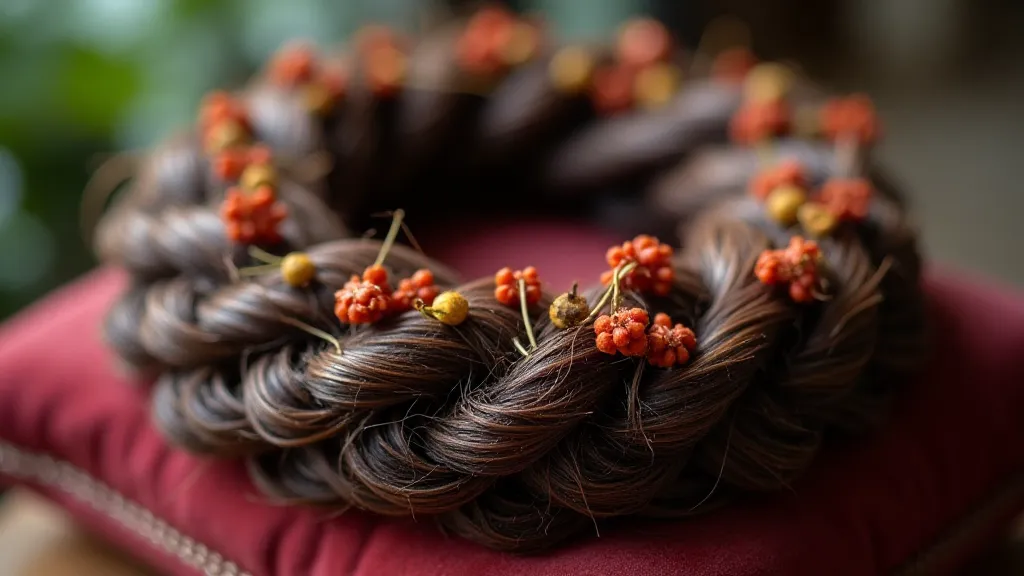
The Rise of Sentimentality and the Commercialization of Memory
The Victorian era was, arguably, the apex of sentimentality. The Industrial Revolution brought about immense social change – urbanization, mass migration, and increased mortality rates. Traditional ways of coping with loss were challenged, and a new emphasis was placed on expressing emotions, particularly grief. Photography was still in its infancy, expensive, and not universally accessible. Hair, composed of the same material as the living body, offered a potent, readily available alternative for memorializing loved ones. It was considered a sacred material, carrying a fragment of the departed’s essence.
This need for remembrance created a remarkable commercial opportunity. The mid-19th century saw the rise of specialized businesses catering to the burgeoning market for mourning rituals. These ranged from undertakers and coffin makers to manufacturers of mourning jewelry, clothing, and, crucially, hair art. Catalogs began to appear, filled with images of intricately crafted hair pieces, alongside prices and ordering instructions. Individuals could commission custom pieces incorporating the hair of their deceased relatives, or purchase ready-made items – bracelets, lockets, frames, even elaborate memorial wreaths – from mail-order catalogs. The democratization of mourning, facilitated by commerce, meant that remembrance wasn's restricted to the wealthy.
The Craftsmanship: A Testament to Skill and Patience
The creation of Victorian hair art was a painstaking and highly skilled process. Unlike contemporary crafts that often prioritize speed and mass production, Victorian hair artists labored with a dedication to detail that is breathtaking when considered today. Hair had to be carefully collected, sorted by color and texture, and meticulously prepared. It was often dyed, curled, or flattened to achieve specific effects. The techniques employed were diverse, including braiding, weaving, Rosette work (creating intricate floral designs), filigree, and needlepoint. Artists frequently used tiny hooks and needles, requiring exceptional dexterity and a steady hand.
The quality of hair art varied greatly, ranging from simple braids incorporated into lockets to exceptionally complex and ambitious pieces that could take months to complete. Some artists, known as “hairworkers,” were highly sought after and commanded significant fees. They often advertised their services in newspapers and magazines, showcasing examples of their work and outlining their pricing structures. Many were women, benefiting from the increasing opportunities available to them, although often unrecognized for their skill.
Consider the creation of a hair portrait. The artist would begin with a prepared canvas or backing, then painstakingly laid down individual strands of hair to create the outlines and details of the face. Different colors and textures of hair were strategically used to represent shading and highlights. The eyes, often the focal point of the portrait, were painstakingly crafted using a combination of hair, thread, and occasionally small beads or paint.
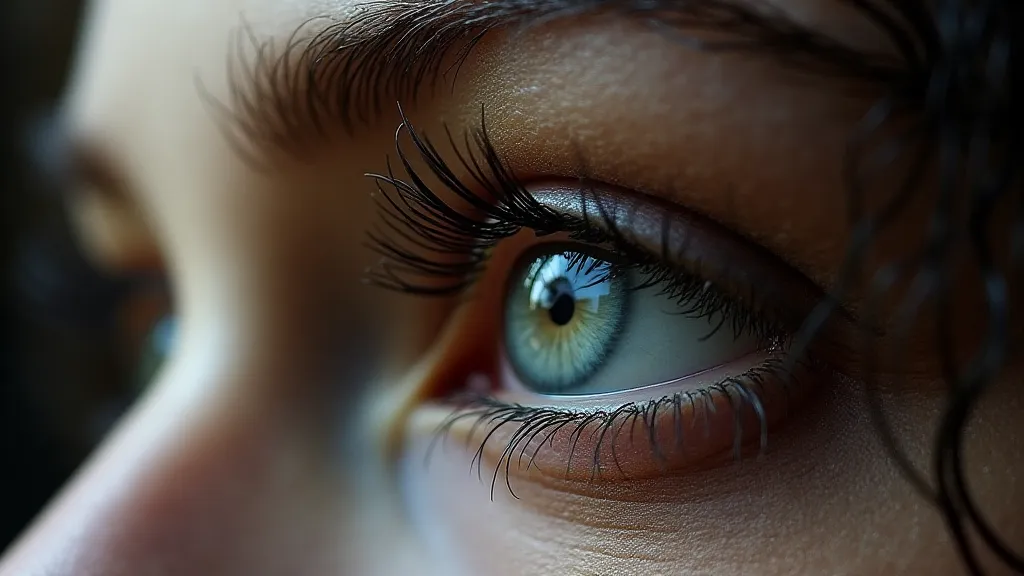
Beyond Mourning: Celebrations and Symbolism
While hair art is most closely associated with mourning, it was not exclusively used for memorial purposes. It also served as a way to celebrate love, friendship, and family connections. Bridal wreaths, created from the hair of the bride and her attendants, were popular keepsakes. Lockets and bracelets incorporating hair samples were exchanged between friends and loved ones as tokens of affection. Even children were sometimes involved in creating hair art as a form of artistic expression.
The symbolism embedded within these pieces was rich and complex. Different colors of hair could represent different virtues or personality traits. The arrangements of the hair could convey messages of love, loss, or remembrance. Flowers, often incorporated into hair art designs, held specific symbolic meanings – roses for love, forget-me-nots for remembrance, lilies for purity.
Collecting and Preservation Today
Today, Victorian hair art pieces are prized by collectors and enthusiasts. Their rarity, the skill involved in their creation, and the poignant stories they tell all contribute to their appeal. However, preserving these fragile artifacts presents a unique set of challenges. Hair is susceptible to damage from light, moisture, and pests. The adhesives used to secure the hair can deteriorate over time, leading to loosening and fragmentation.
When acquiring Victorian hair art, it’s crucial to assess its condition carefully. Look for signs of damage – discoloration, fraying, cracking, or loosening of the hair. Proper storage is essential – away from direct sunlight, humidity, and extreme temperatures. Professional restoration, while potentially costly, can stabilize and preserve these pieces for future generations. A skilled conservator can repair damaged hair, re-secure loose strands, and clean the piece without harming its delicate structure.
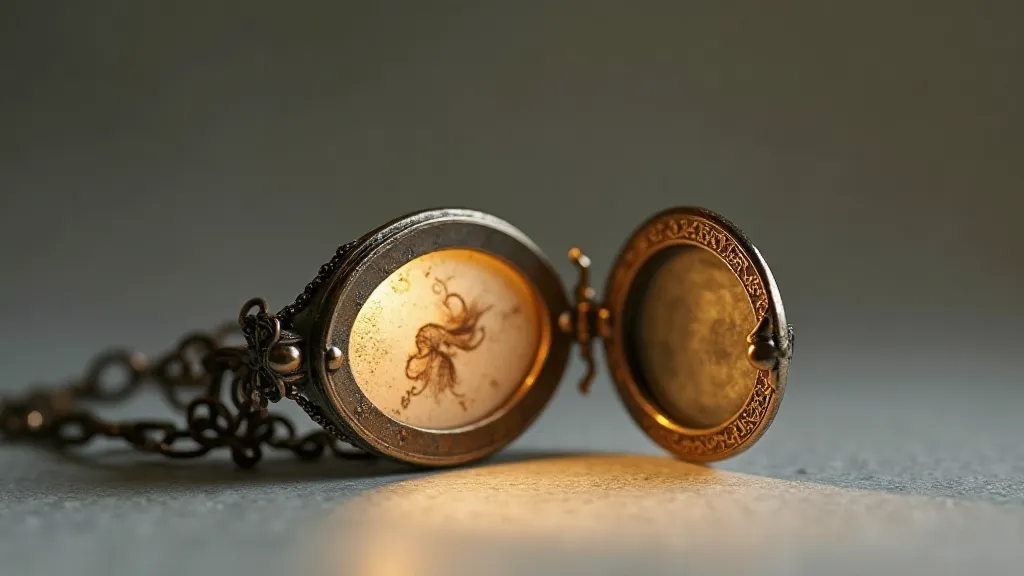
Holding a piece of Victorian hair art is more than just possessing an antique; it’s connecting with a bygone era, a culture steeped in sentiment and craftsmanship. It's about understanding the human need to memorialize, to connect with loved ones, and to create something beautiful and lasting even in the face of loss. The pieces are a tangible link to the emotions and values of those who came before us, a reminder that the human need to express love and remember those we’ve lost transcends time itself. And that, perhaps, is the most valuable lesson these fragile keepsakes have to offer.
